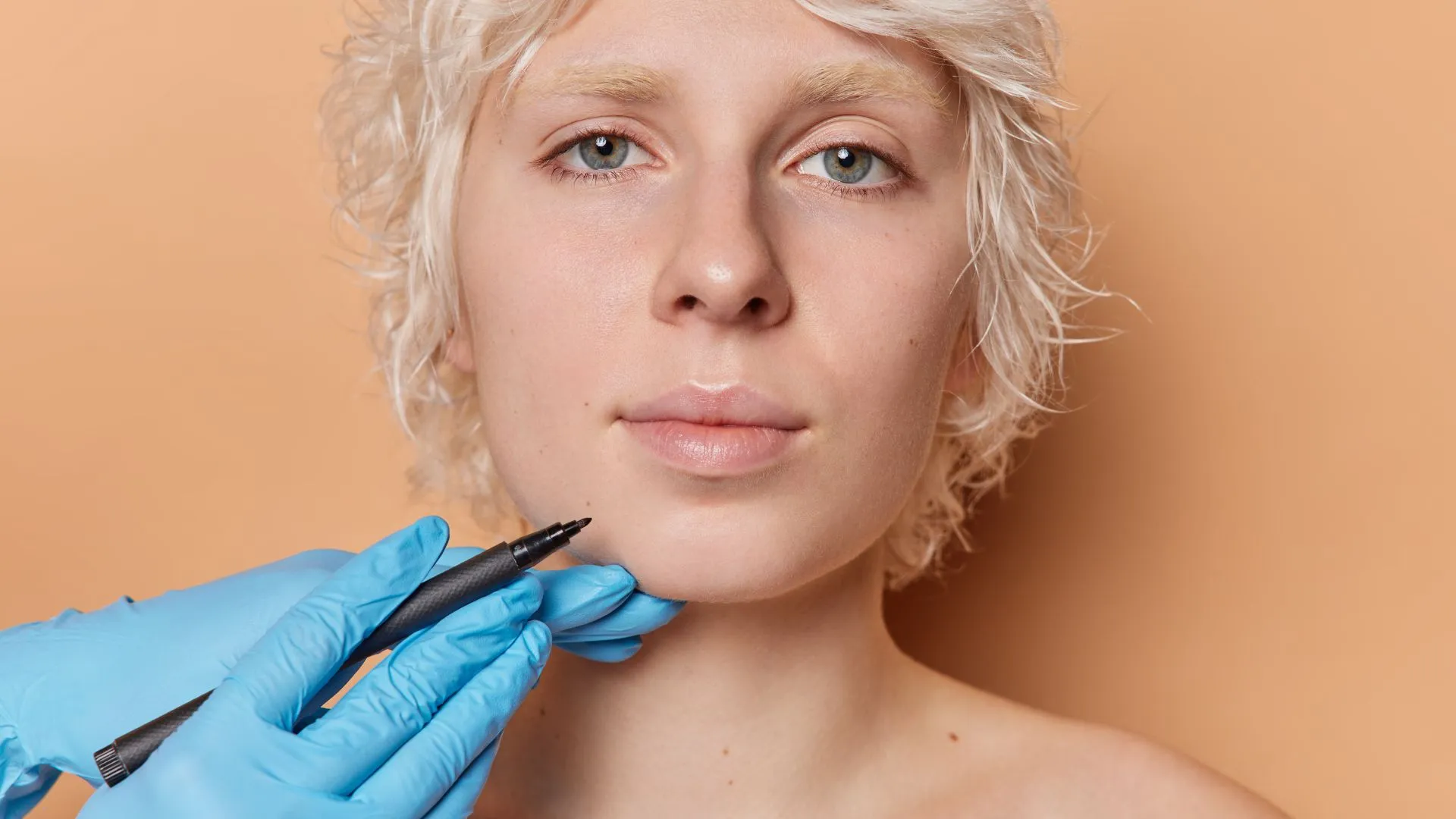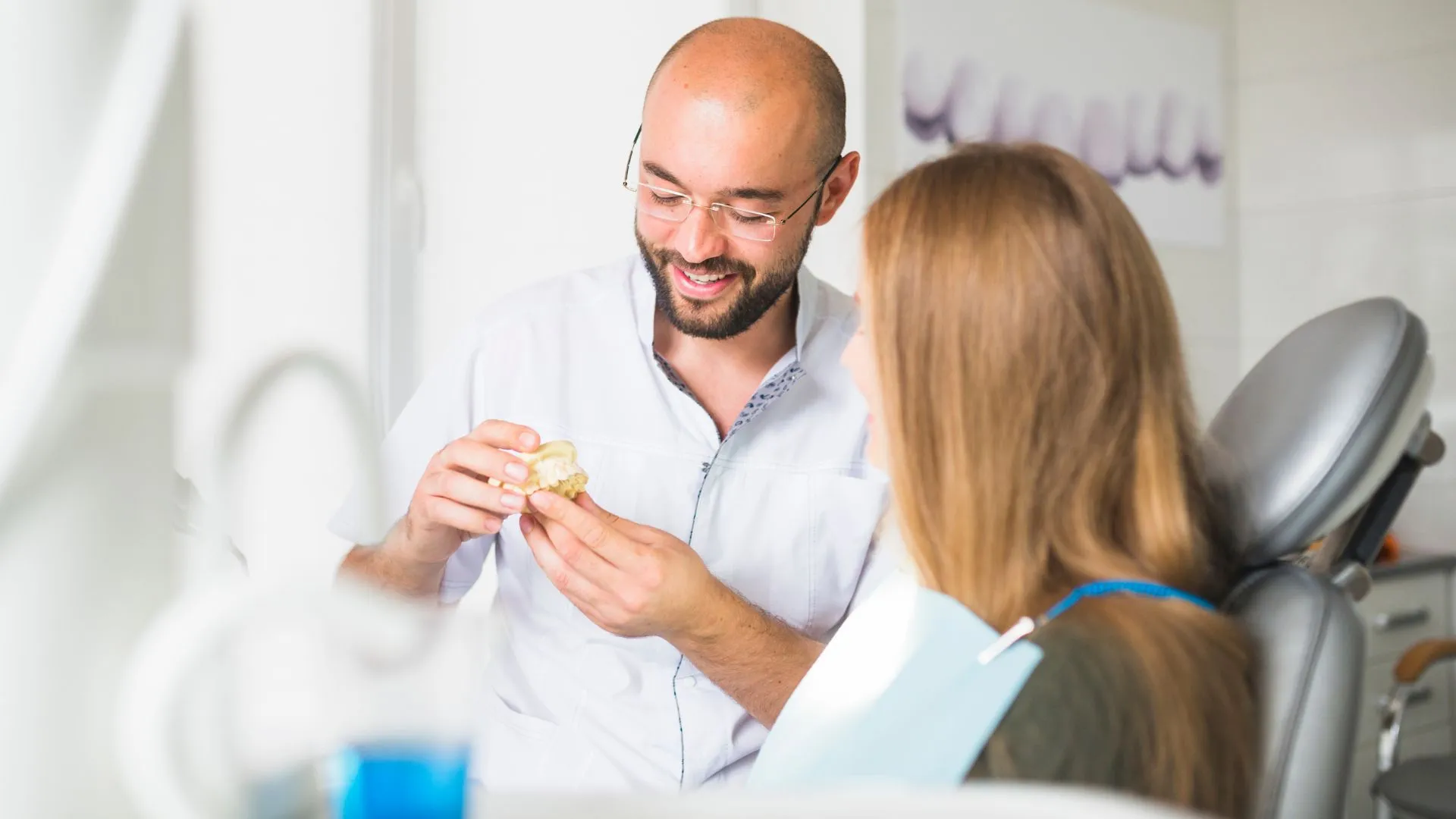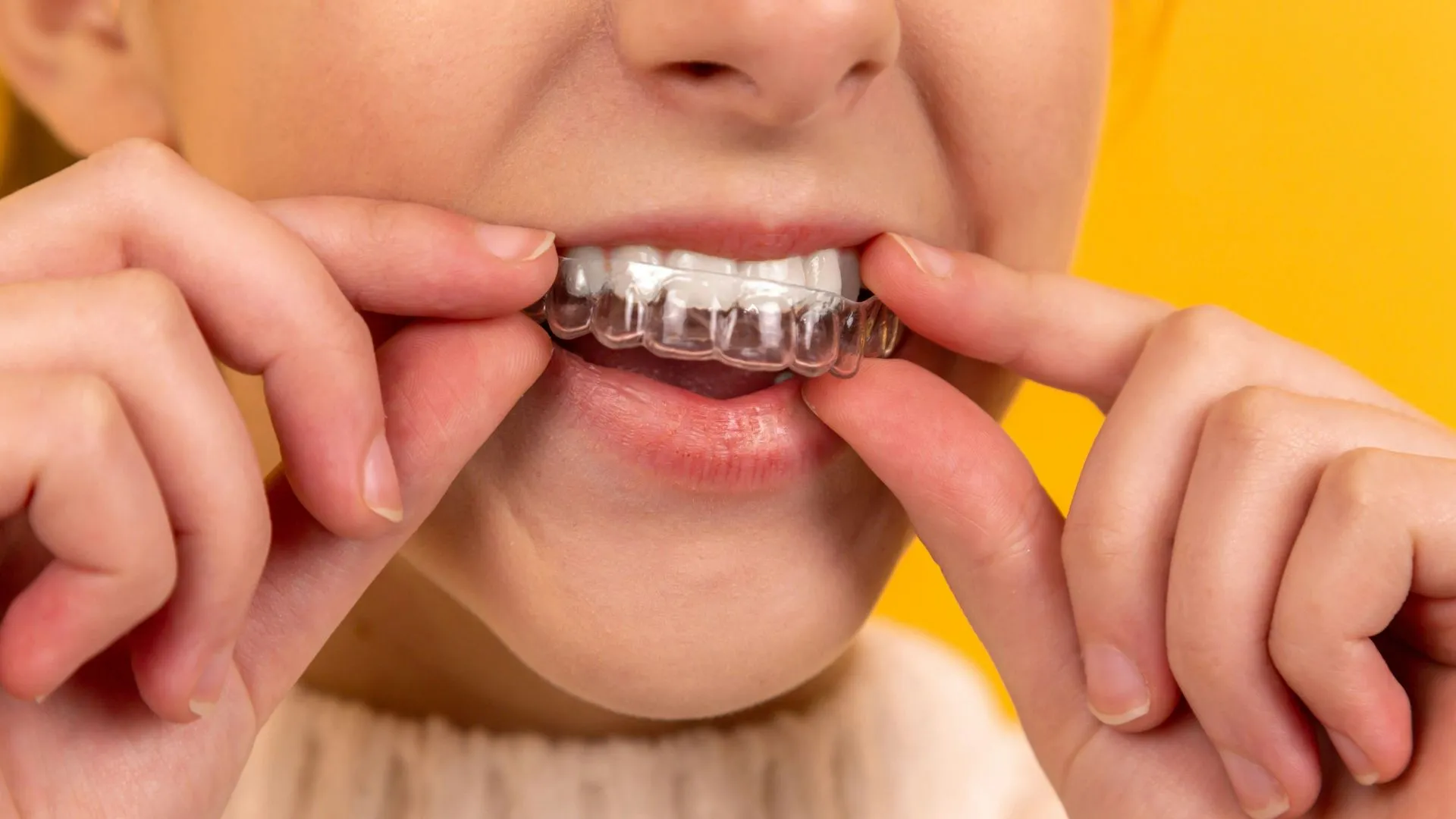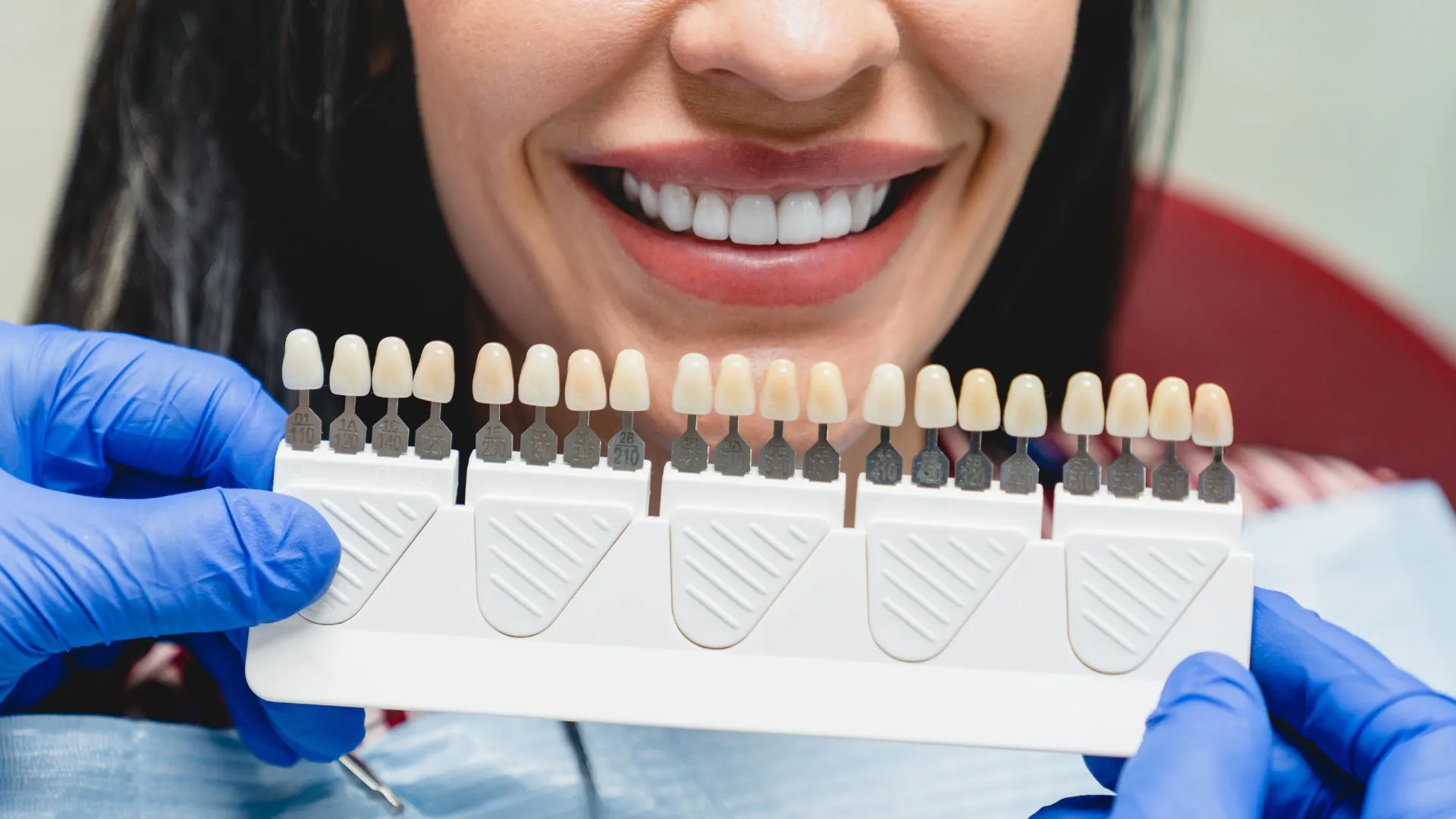One of the most talked-about and performed cosmetic surgery is chin augmentation. According to the American Society of Plastic Surgery, the fastest growing cosmetic surgery is chin implants, the past 5-6 years there is a 50% increase in inquiries for…
One of the most talked-about and performed cosmetic surgery is chin augmentation. According to the American Society of Plastic Surgery, the fastest growing cosmetic surgery is chin implants, the past 5-6 years there is a 50% increase in inquiries for chin implants since 2010.
In the following article by DocShop, you will learn about chin augmentation because a fixed chin can boost your confidence.
Chin augmentation
Cosmetic chin surgery is an excellent option for anyone who feels that their chin is not shaped right in relation to the rest of the face. Popular among men and women, chin enhancement can be accomplished via facial implants for chin enlargement or advancement, or via chin reduction surgery for those who would like their jaw to appear less prominent in profile.
Chin augmentation adds proportion to the chin and provides balance to other facial features. A weak chin makes the neck appear fleshy. It accentuates the size of a normal nose and makes a large nose seem especially big. Chin enlargement through chin implant surgery brings the facial features into harmony and balances the overall facial structure.
The chin enlargement
Recessive chin enlargement surgery uses chin implants to supplement the existing bone at the front of the jaw beneath the teeth. The artificial implant sits under the skin and gives a permanent boost to the strength and definition of the chin. This augmentation method can give patients a pleasing, well-proportioned look that seems completely natural.
A cosmetic chin enlargement procedure is generally performed on an outpatient basis at the surgeon’s facility, but may be performed at a hospital. The length of time the procedure takes depends on several factors, but is usually from 45 minutes to an hour and a half. Depending on the surgeon’s and the patient’s preference, local or general anesthesia may be used.
The incision created during the operation are made underneath the chin or inside of the mouth between the gum and lower lip. Incisions created in the mouth are more likely to introduce bacteria into the body, but result in no visible scarring. Once the incisions are made, the chin implant is inserted and positioned in front of the jawbone. The surgeon then checks its appearance for proper balance with other facial features and may adjust or modify the implant to ensure the proper look is achieved. Once this is done, the chin implant is sutured into place, and the procedure is complete. Sutures inside the mouth will dissolve after about 10 days. Sutures outside the mouth are removed after approximately the same period.
The DocShop guides us through the course of chin implants that normally people are not aware of. In the following article by Dr. Mele, he explains to us the different types of chin implants that are put up while performing the surgery.
Chin augmentation with chin implants
Types of chin implants
Chin Implants come in different sizes, so the amount of chin augmentation can be varied. Chin implants come in different shapes. Some are wider, so that the width of the chin can be increased. Some are taller, so the height of the chin can be adjusted. Some are thicker, so the projection of the chin can be modified. Chin implant shapes can vary from round to square, and some even have dimples. Chin implants can also be made out of different materials. The most commonly used materials are solid silicone and porous polyethylene.
Silicone chin implants
Silicone Chin Implants are soft, solid and smooth, with the consistency of rubber. Silicone chin implants do not attach to the surrounding soft tissue of the chin. This means they are slightly more likely to shift, bend or buckle. However, there is an advantage to a soft implant that slides easily. Silicone Chin Implants can be introduced through a smaller incision, and can be easily slid out if removal desired. Silicone chin implants are also associated with a slightly higher incidence of bone resorption.
Polyethylene chin implants
Polyethylene Chin Implants are hard, porous and more firm than Silicone Chin Implants. They stick to the surrounding tissue, helping to hold them in place. These implants are not flexible, and are often manufactured in two pieces, which are locked together once in place. Two pieces allow for a smaller incision for insertion, but in general, polyethylene chin implants require larger incisions than silicone chin implants. Since they incorporate into the surrounding soft tissues, they are also harder to remove.
How to pick the best chin implant
The single most important aspect of selecting the best Chin Implant size is selecting one that balances your face. No one wants a cartoonish face, and that is the risk of going too large. It’s not the size of the chin, it’s the proportion that is most important…the apparent size of the nose is influenced by the projection of the chin. The smaller the chin, the larger the nose appears.
Dr. Mele explained the types of chin augmentation that can be done and how to choose the perfect implant according to the proportions of your face. In the final article, Medlineplus guides us through the risks and after procedures effects patients might face.
Chin augmentation
Why the procedure is performed
Chin augmentation is usually done to balance the appearance of the face by making the chinlonger or bigger compared to the nose. The best candidates for chin augmentation are people with weak or receding chins (microgenia), but who have a normal bite. Talk with a plastic surgeon if you are considering chin augmentation. Keep in mind thatthe desired result is improvement, not perfection. Risks The most common complications of chin augmentation are:
- Bruising
- Movement of the implant
- Swelling
Other possible complications include:
- Damage to the teeth
- Loss of feeling
Rare side effects include:
- Blood clots
- Infection, sometimes the implant will have to be removed
- Pain that does not go away
- Numbness or other changes in feeling to the skin
Although most patients are happy with the outcome, poor cosmetic results that may need more surgery include:
- Wounds that do not heal well
- Scarring
- Unevenness of the face
- Fluid that collects under the skin
- Irregular skin shape (contour)
- Smoking can delay healing
After the procedure
You will feel some discomfort and soreness. Ask your doctor what kind of pain medicine you should use. You may feel some numbness in your chin for up to 3 months, and a stretching sensation around your chin for 1 week. Most of the swelling will be gone by 6 weeks, depending on the type of procedure you had. You might have to stick to a liquid or soft diet for at least a day or two. You will probably have the outside bandage removed within a week of surgery.
You may be asked to wear a brace while you are sleeping for 4 to 6 weeks. You can resume light activity the day of surgery. You should be able to return to work and your usual activities within 7 to 10 days. Your health care provider will give you specific instructions.
Outlook (Prognosis)
If the cut was made under the chin, the scar should not be noticeable. Most implants last for a lifetime. Sometimes, implants made from bone or fat tissue that was taken from your body will be reabsorbed. Because you may have some swelling for months, you might not see the final appearance of your chin and jaw for 3 to 4 months.
Now you are aware of the pros and cons of chin implants and there should be no hesitation in your mind concerning the augmentation process. Feel free to call your cosmetic doctor.




